Dunhuang is the Silk Road par excellence. From Xian to here, the route of the Silk Road is clear, running west-northwest. Other than the side trip we took to Xining, along a route that was sometimes used when the main Silk Road was too dangerous, there is really only one way to go along the land route of the Silk Road: it is the low-lying road that runs along the foot of the Qinlian Mountains.
In Dunhuang, the Qinlian Mountains peter out in the hot air of Taklamakan Desert, the world’s second largest sand desert. Here the Silk Road splits; it runs along the edge of the Taklamakan, either pressing against the Tianshan Mountains on the north end or the Kunlun Mountains and the Tibetan Plateau on the southern end.
The location of Dunhuang made it important in ancient times for lines of communications. As far back as Emperor Wudi, our friend whose grave had the Naked Terracotta Warriors, Dunhuang was an important border post.
This made Dunhuang a flourishing entrepôt, where cultures from all over Asia mixed and melted together. It was through Dunhuang that Buddhism moved from India, where the Buddha was born, to Afghanistan to China and on into Korea, and Vietnam.
This history has left its mark. Dunhuang is still home to relics of the Silk Road, particularly the Mogao Caves, a series of hundreds of Buddhist caves dug out of a cliff face and intricately painted on the inside.
Today, the caves are claimed by China as one of the wonders of Chinese civilization. In fact, they were constructed and painted by a variety of Buddhist, Han Chinese, Tibetans, Mongolians and other peoples scattered along the Silk Road, ethnic groups now buried in the sand of history, like the Sogdians. The caves were also completely forgotten by the Chinese for almost nine centuries. It took Western scholars and explorers at the turn of the twentieth century to bring the caves to the attention of the world before the Chinese begin to take an interest in the caves.
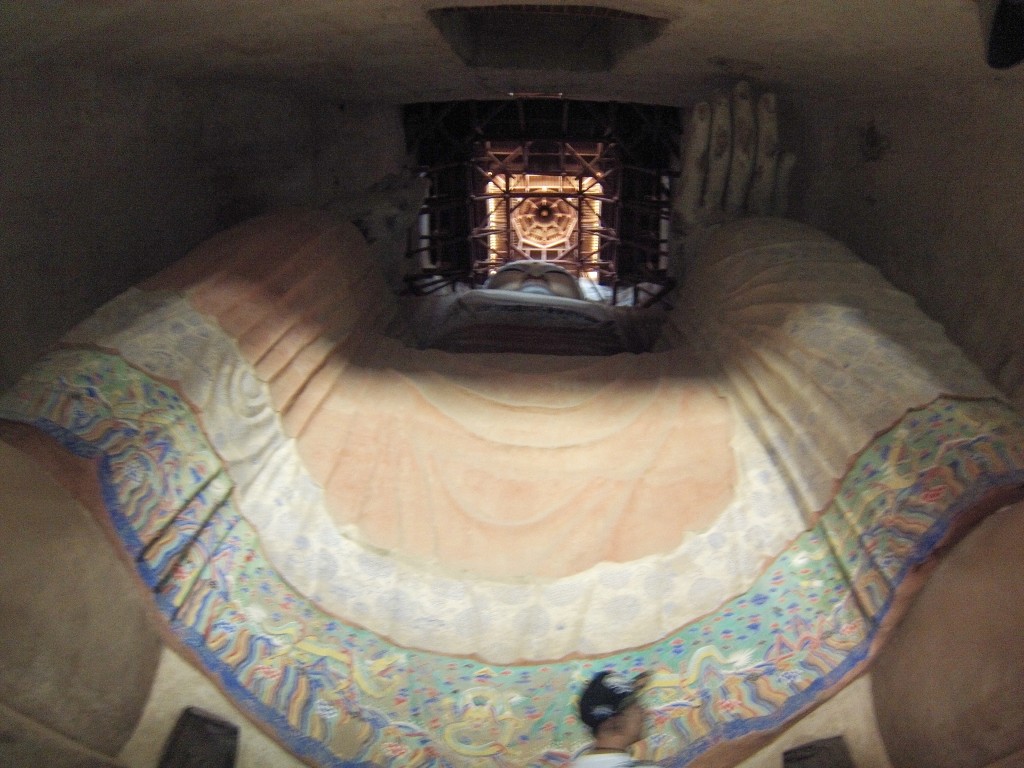
This Big Buddhist Sculpture is from the Tang Dynasty, built during the reign of Wu Zetian, China’s only female emperor. Though its hard to see from our surreptiously taken photo, this Buddha is wearing feminine clothing and is more endowed in the chest than most men. Scholars suggest that this may secretly be an image of Emperor Wu Zetian pretending to be a Buddhist image.
The Mogao Caves are amazing. A wealth of manuscripts was taken by explorers back to the West. These manuscripts prove the amount of trade in ideas and people that were occurring along the Silk Road. The caves contained copies of the Jesus Sutras, a collection of Christian texts in Classical Chinese. They also discovered a copy of the Bible written in Syriac, a language important in Eastern Christianity that once penetrated this far east.
Dunhuang is what the Silk Road was all about, the exchange of people and ideas. Today, it is largely inundated with tourists, but, even for me, it is hard to be cynical when staring at a copy of Psalms written in Syriac.
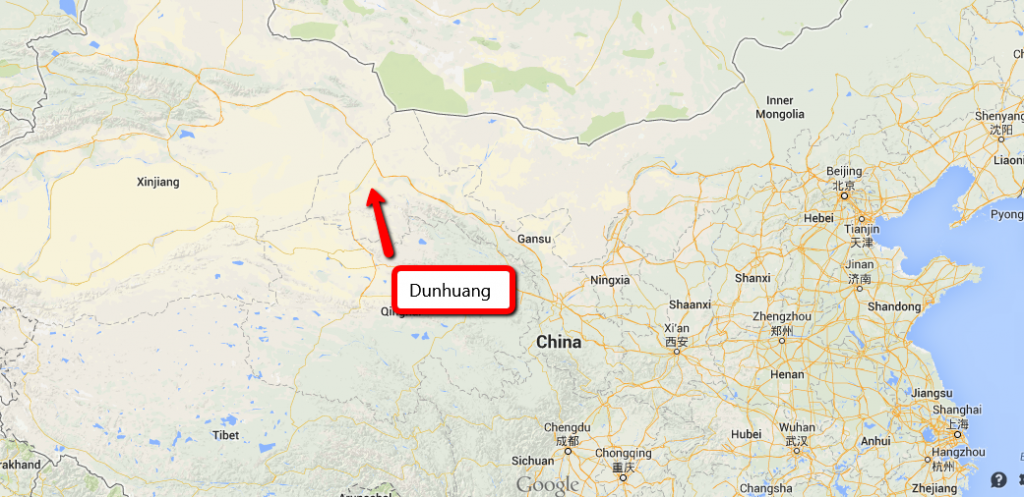
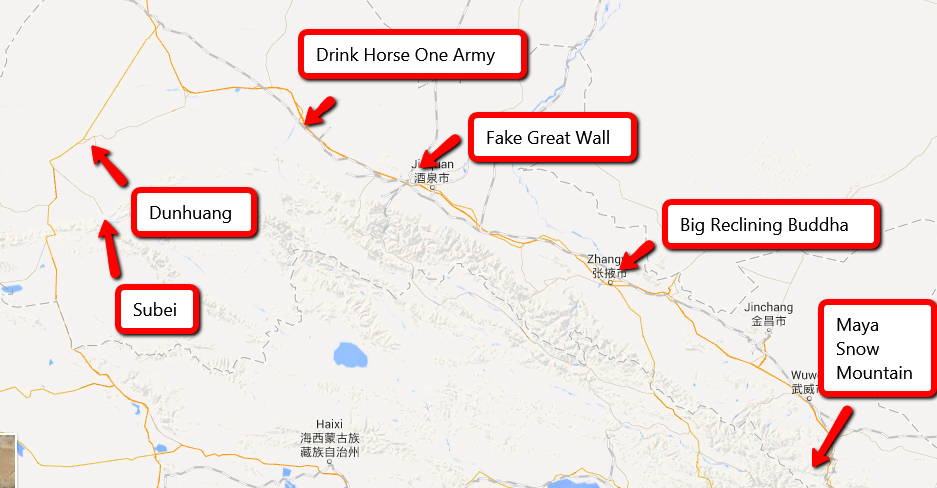

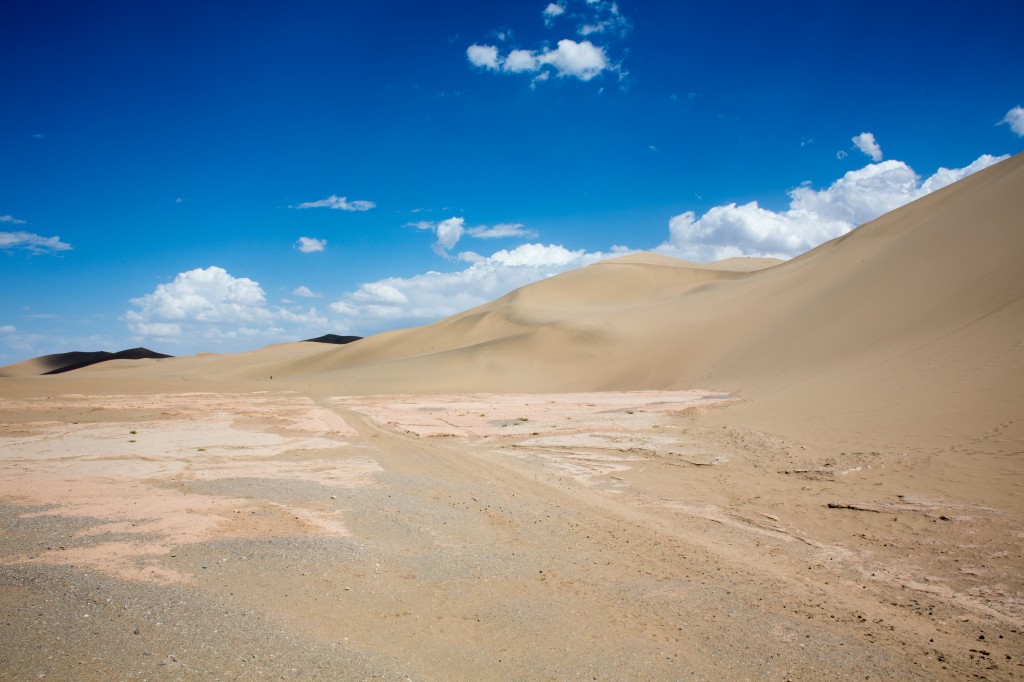

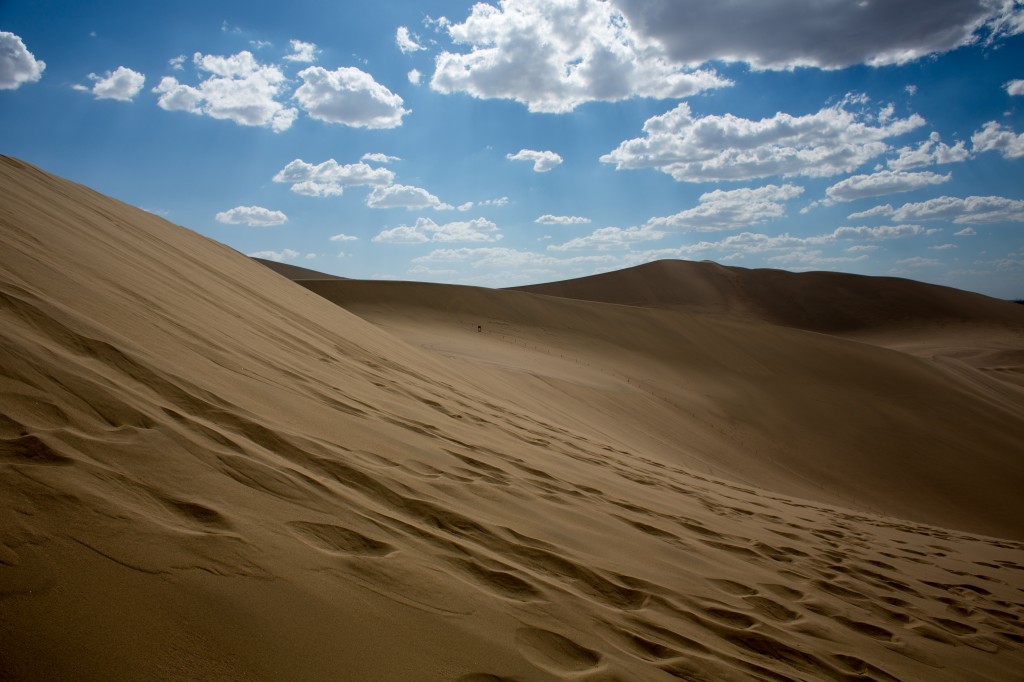
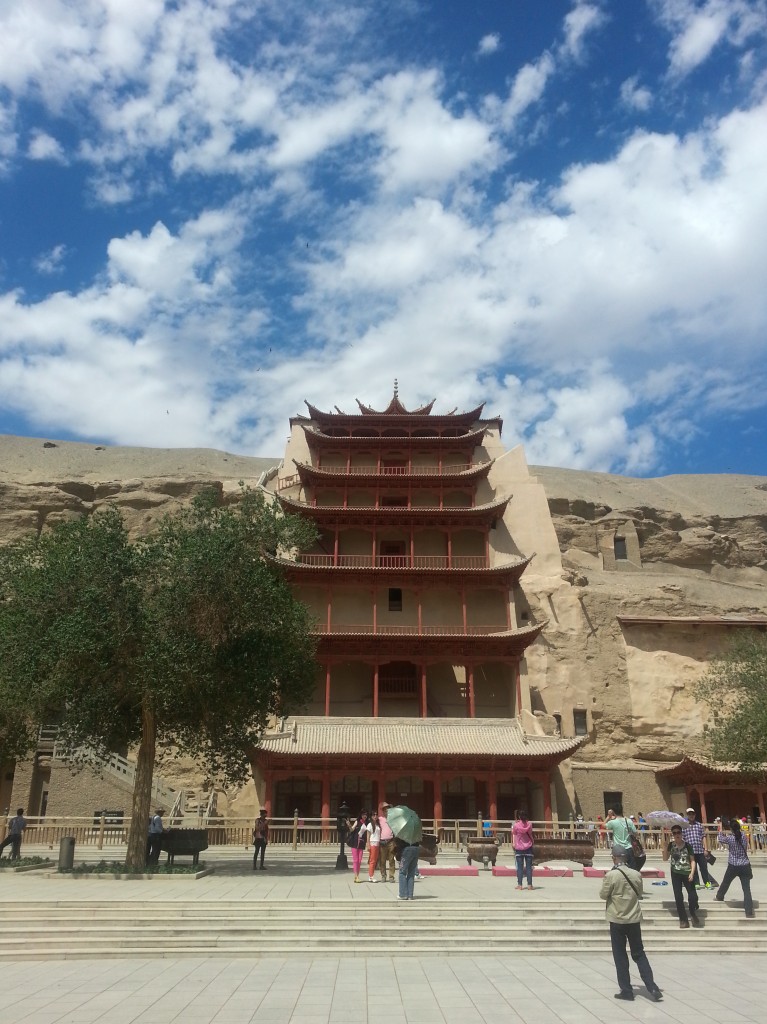
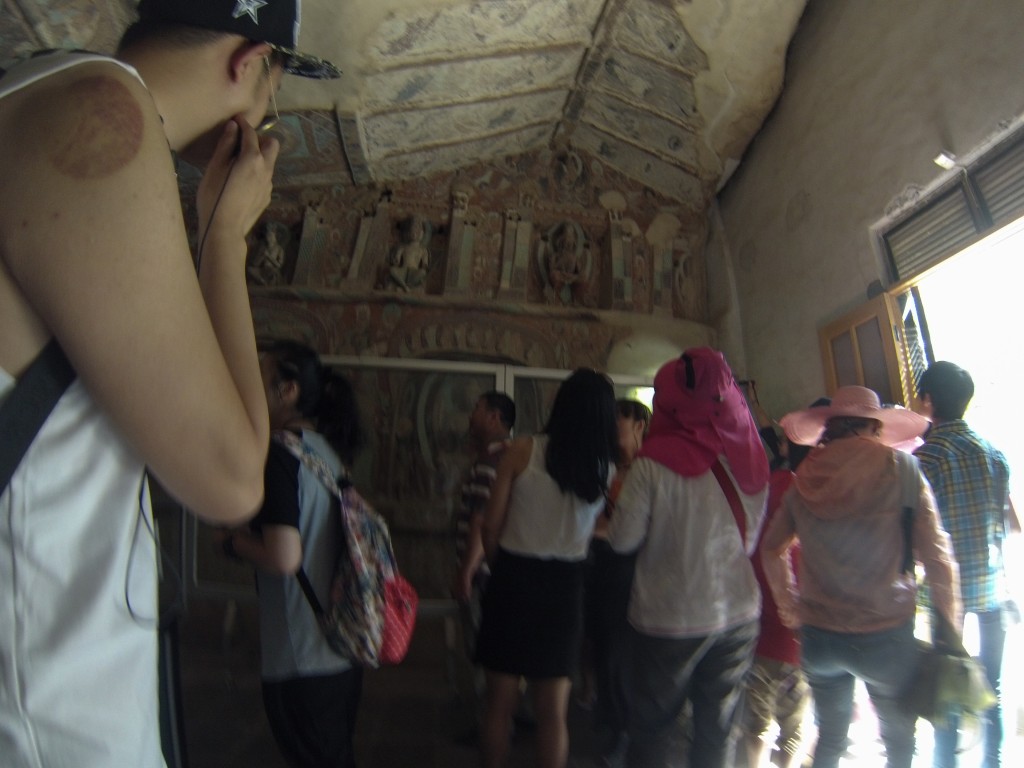
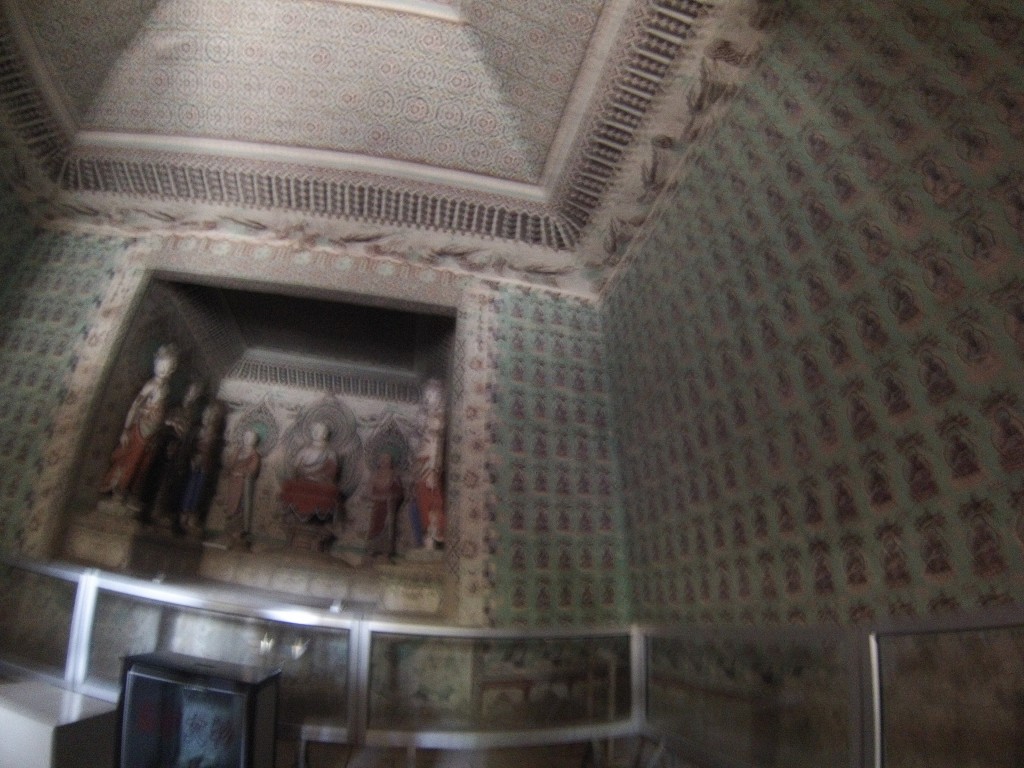
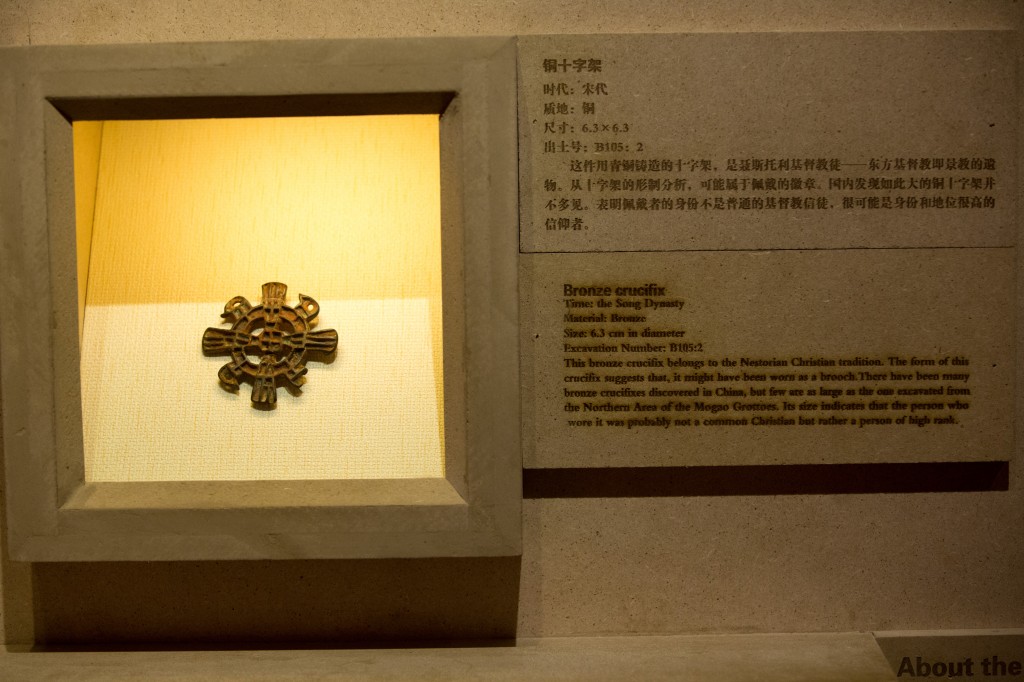
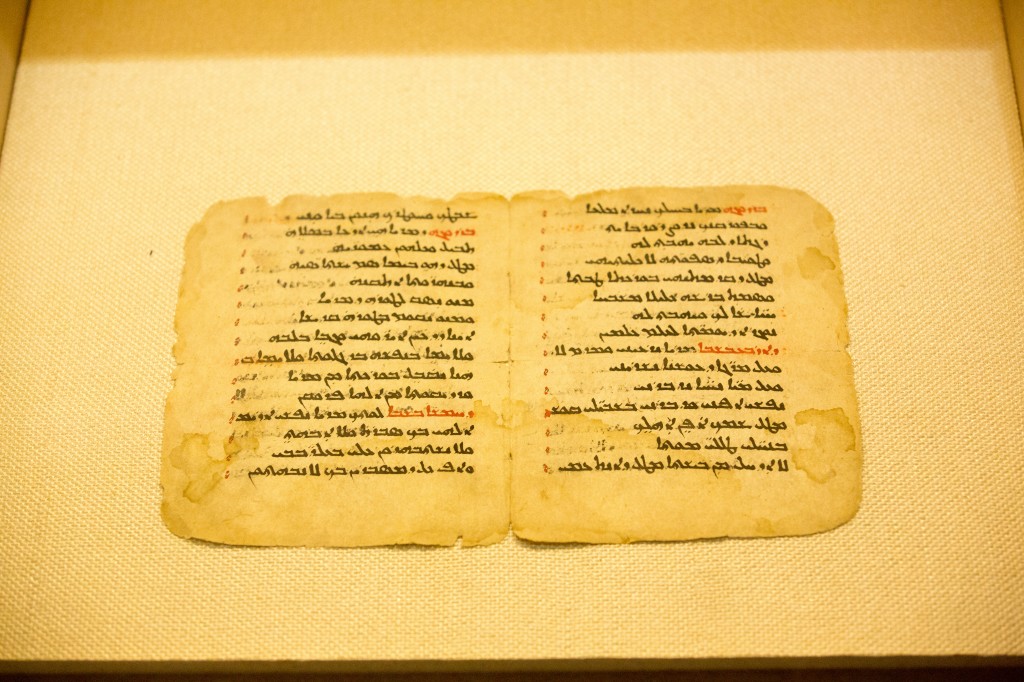
These pictures & your story are amazing…both of you are so talented & it comes through in your presentation!! I have certainly enjoyed living your adventure/trip through your blog. Luv, Aunt Libby